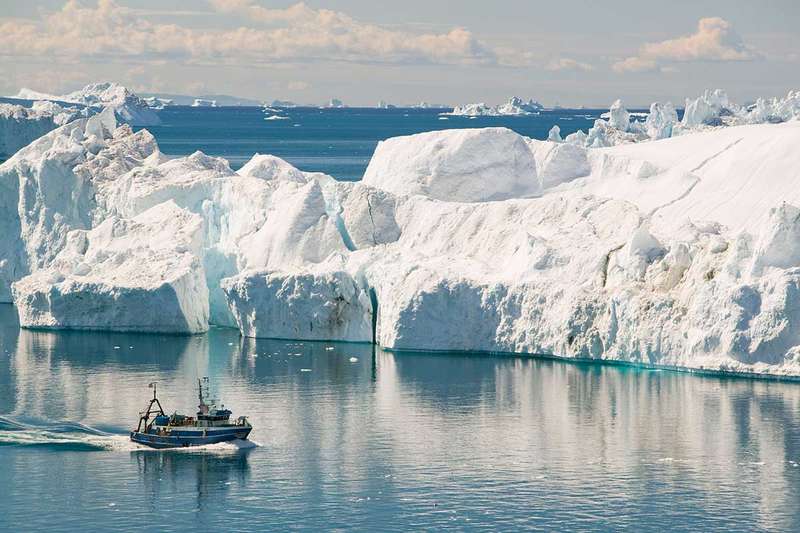The world’s coastal cities have been warned to prepare for the possibility of a sea level rise exceeding two meters by the end of the century, with “profound consequences for humanity.”
A new assessment found runaway carbon emissions and melting ice sheets could result in such a worst case scenario, potentially double the upper limit outlined by the UN climate science panel’s last major report.
Such big sea level rises so soon would lead to nightmarish impacts, says Jonathan Bamber of the University of Bristol. “If we see something like that in the next 80 years we are looking at social breakdown on scales that are pretty unimaginable.”
Around 1.79 million square kilometers of land could be lost and up to 187 million people displaced. “Many small island states, particularly those in the Pacific, will effectively be pretty much inhabitable. We are talking about an existential threat to nation states,” says Bamber.
Much of the land losses would be in important food growing areas such as the delta of the Nile. Large swathes of Bangladesh would be very difficult for people to continue to live in. Major global cities, including London, New York and Shanghai would be under threat.
His team came to their conclusions after taking evidence from 22 leading researchers on how the Greenland and Antarctic ice sheets might respond to future climate change.
Aggregating the responses revealed a one in twenty chance that seas could rise by more than 2 meters by 2100 if unchecked carbon emissions lead to average global warming of 5°C, about 2°C more than the temperature rises current government pledges would lead to.
“It’s unlikely but it’s plausible. We are talking about a 5 per cent probability,” says Bamber, of how the ice would react to such extreme warming.
The UN’s Intergovernmental Panel on Climate Change report said in 2013 that the worst case for sea level rise is 98 centimeters by 2100, plus potentially a few tenths of a meter extra from Antarctica if it began collapsing this century. Bamber says the IPCC is missing possible serious impacts by not looking at plausible but low probability increases.
So what’s changed since 2013 to explain why future sea level rises might be so much worse? The science has become increasingly uncertain as researchers learn more about how ice sheets respond to warming.
One factor is that relatively new satellite measurements are showing ice mass loss happening faster than models expected. Another key one is the idea that ice cliffs in Antarctica could collapse under their own weight after buttressing ice sheets supporting them are melted by climate change.
The risk of a disastrous two meter sea level rise can still be avoided if emissions are cut quickly enough, says Bamber. “We can make some choices but we have to make them very soon.”

